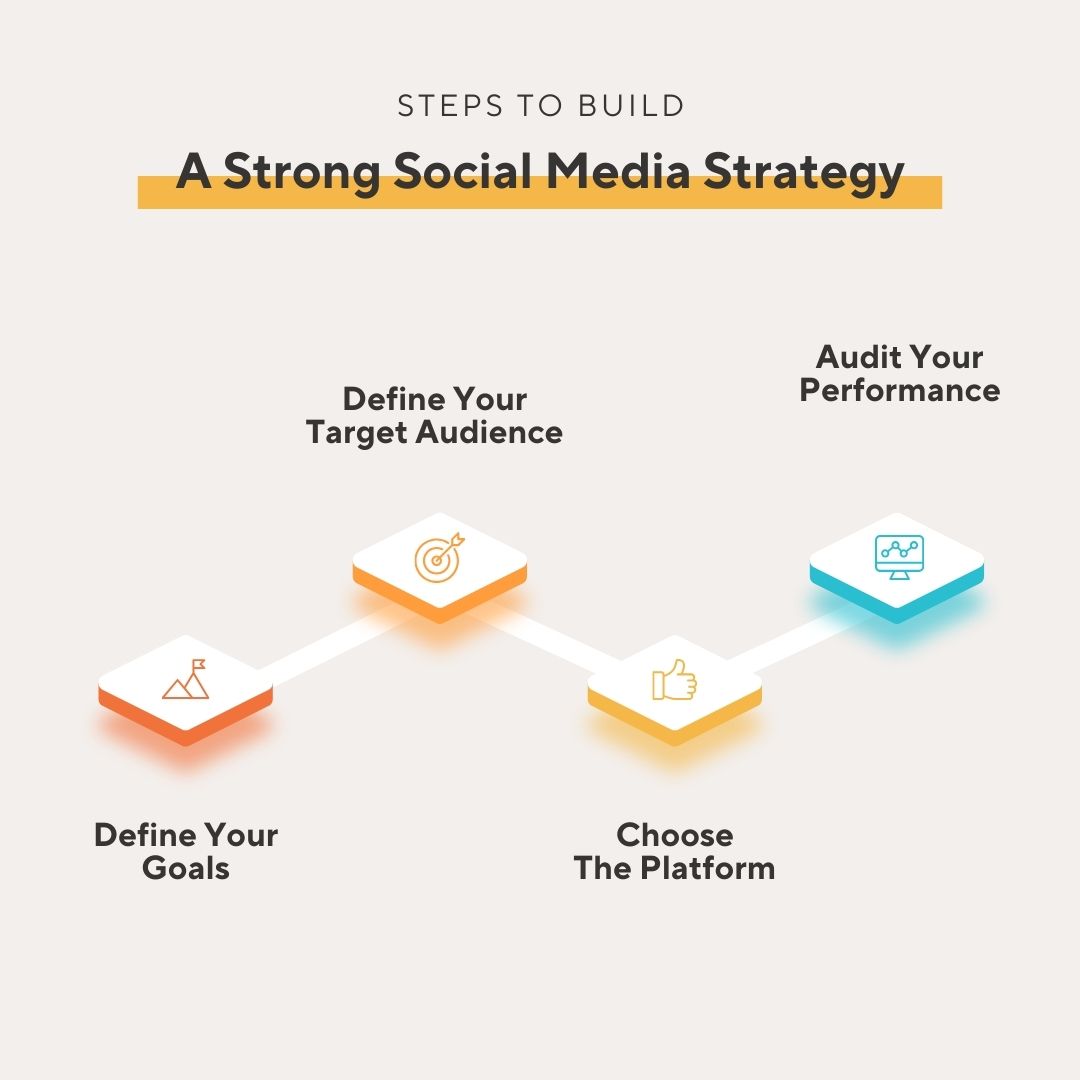Marketers use social media analysis platforms as their key to leadership success in data-driven business environments. The insights provide businesses with solutions to optimize their audience connections and marketing results and performance outcomes. This guide presents strategic procedures for accessing effective social media analytic power.
Social media networks continuously produce an abundance of information. The mere accumulation of data is insufficient because businesses require strategic interpretations for proper action.
Understand the Basics of Social Media Analytics
An understanding of what social media analytics includes needs to be established before moving forward with strategies. Social media analytics represents the systematic acquisition of data from social media platforms together with its evaluation for interpretation. The collected data contains social media metrics which include engagement rates and follower growth next to reach and impressions together with click-through rates.
But why is it important?
1. Determine which communication content appeals to their audience base.
2. Discover optimal posting times.
3. Companies need to reveal patterns and business potential within their market sector.
4. The company should enhance message delivery systems along with their targeting strategies to achieve better campaign performance. 5. Allocate resources more effectively.


Key Steps to Utilize Social Media Analytics Effectively
A structured method exists to make the most of social media analytics A systematic method must be used to improve marketing strategies by analyzing social media data. Here’s how to get started:
1. Define Your Goals and KPIs: Every business objective demands an alignment with analytical data. Your social media strategy needs defined goals that describe what results you intend to achieve. Your outcomes will benefit from clearly identified goals because these goals will help you determine which metrics to measure.
2. Choose the Right Tools: Multiple analytics instruments exist which enable you to track and analyse social media data. Some popular options include:
The Hootsuite platform provides a detailed platform to monitor social media performance data.
Sprout Social: Great for audience insights and engagement metrics.
Google Analytics: provides visibility of website traffic that originates from social media.
Platform Insights: Built-in analytics features are accessible through each social media platform like Facebook, Twitter and LinkedIn.
3. Monitor the Right Metrics: You will avoid data overload by monitoring important metrics. Key metrics to track include:
Engagement: Likes, shares, comments, and mentions.
Reach and Impressions: How many people see your content.
Audience Growth Rate: The pace at which your audience is growing.
Click-Through Rate (CTR): How often users click on your links.
Conversion Rates: Actions taken after engaging with your content.
4. Analyse Content Performance: Examine content types that gain the highest performance within your platform systems. Do videos create better engagement than ordinary static posts? Which kinds of posts do your audience prefer: informative or promotional items? You can develop your content strategy by implementing these gathered insights.
5. Test, Optimize, and Iterate: The nature of social media constantly changes therefore strategies that succeed in one period may fail in the next. Regular content testing must include new posts of different types and time schedules and post formats. Study the outcomes to enhance your plan and reinvent your process in order to achieve ongoing enhancement.
supplementary analysis of social media data enables businesses to achieve three main outcomes.
Turning Insights into Actionable Strategies
At this point data collection serves as the foundation which leads to all subsequent work. The process to turn your gained insights into tangible outcomes includes these four steps:
1. Your analysis of audience preferences provides valuable clues about content creation through which you can produce more successful materials.
2. Optimize your paid ads through evaluation of their results to make improvements in both targeting demographics and advertisement visuals and ad message content.
3. Your analytics will help you find suitable influencers whose followers precisely match your brand profile.
4. You should optimize your posting schedule by considering the specific time periods when your audience shows maximum engagement according to your analytic data.
5. You should review competitor data analytics to discover ways they perform differently from your business and areas where your business could excel.

Embracing Advanced Analytics Techniques
Advancements in analytical technology systems give businesses better capabilities to explore deeper into their data. People use predictive analytics and sentiment analysis alongside AI-driven insights as standard business tools. These strategic tools enable companies to gain better clarity regarding future trends and audience emotions which helps develop exact strategies.
Social Media Trends to Watch in 2025
Staying ahead of trends is crucial for maximizing the impact of your marketing strategy. Here are key trends to look out for in 2025:
Short-Form Video Dominance: Platforms like TikTok and Instagram Reels continue to prioritize short, engaging video content.
Social Commerce Growth: Shoppable posts and in-app purchasing features are becoming more widespread.
AI-Powered Personalization: AI tools are enabling hyper-personalized content and experiences for users.
Niche Communities: Brands are focusing on smaller, engaged communities to foster deeper connections.
Sustainability and Social Impact: Consumers are drawn to brands that showcase their commitment to social and environmental causes.
"Mastering social Media Analytics in 2025"
The new creative element in content marketing involves data. – Unknown
Conclusion
Businesses operating today and in 2025 must rely on social media analytics to improve their marketing strategies because this approach has become mandatory. The combination of basic knowledge coupled with defined objectives and performance metric observation and strategic response implementation results in effective audience-centred approaches that deliver quantifiable results. Your marketing strategy should begin immediately to bring better performance.



